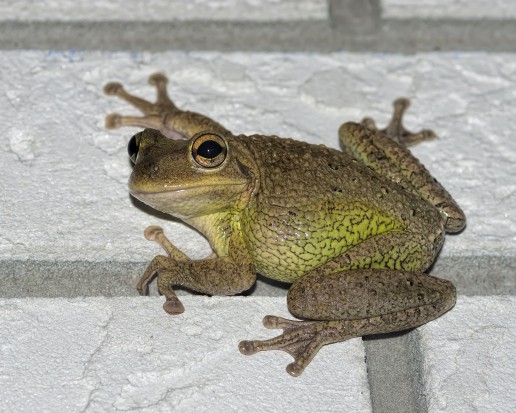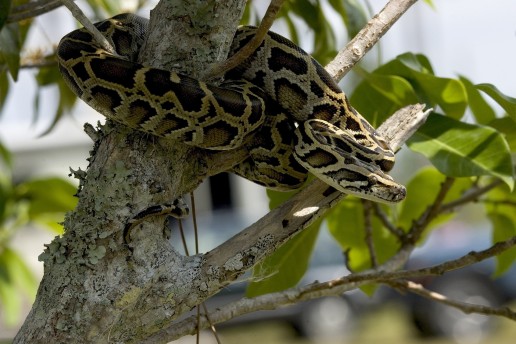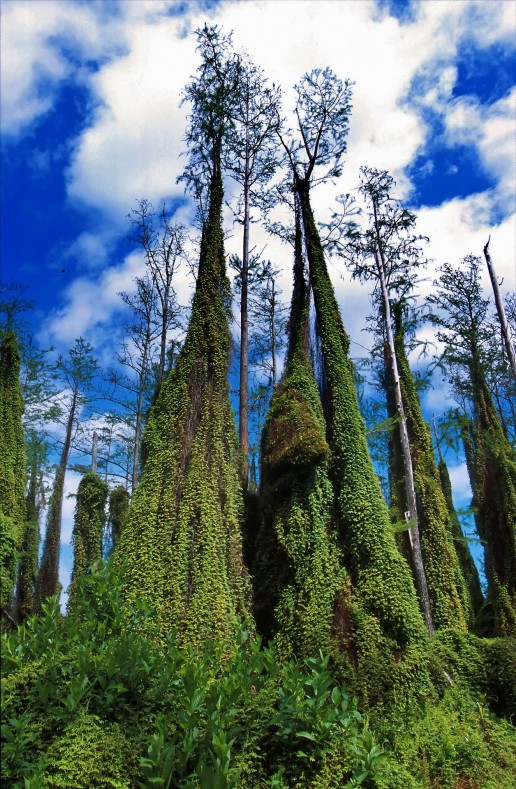Thousands of native plants and animals reside in The Florida Everglades and help its habitats to thrive. But as massive as the Everglades is, all 1.5 million acres, it is vulnerable to invasive species that can harm the ecosystem here. Here is some information on some of this non-native Everglades wildlife, but you’re probably wondering…
What is an Invasive Species?
An invasive species is a plant, animal, bacteria, or other living thing that is non-native to the place it inhabits. They can grow and multiply quickly, and are harmful to their non-native habitat, the health of humans, even the economy of the places they invade. Invasive species can interrupt their adopted environments severely, and can even cause Everglades plants and wildlife to go extinct.

Invasive species have entered the Everglades by:
- Being released by local pet owners that don’t want to care for the anymore
- Being brought to Florida by or to sell on black markets
- Hitching a ride with travelers or foreign ships arriving in our ports

How Invasive Species Enter the Everglades
Invasive species can and have impacted the Everglades in several ways. The Burmese python has become well-known throughout America for feeding on native animals, including the American alligator, making them the dominant, or apex predator of the Everglades. Burmese pythons also pose a threat to people living near the Everglades, along with their pet dogs and cats. They often eat the young of native species, which shrinks the populations of their prey over time.
Invasive Everglades Plants
There are also invasive plant species impacting the Everglades as well. The Old world climbing fern affects several Everglades habitats from cypress swamps to pineland forests. Climbing ferns grow in dense concentrations which can smother native plants and rob them of sunlight. They can also act as a ladder to fires and draw them up to the canopy of the forest, burning areas that would normally be spared. This invasive plant can even change the water flow of streams with its dense roots, which can significantly affect Everglades ecology.

How you can help
- DO research before buying an exotic pet. Understand its needs, lifespan, how big it can grow, and if it is safe to own.
- DON’T release your pet into the wild if you no longer want it. This applies to fish and aquatic plants, too.
- REPORT invasive species sightings by calling 1-888-IVE-GOT-1 or online at www.IveGot1.org
At Mack’s Fish Camp we enjoy having the privilege to share the beauty of the Everglades ecosystem with the world. We see the preservation of this environment and the Gladesmen Culture as one in the same. We also educate our visitors about Everglades ecology, including invasive species on our Everglades airboat tours.
